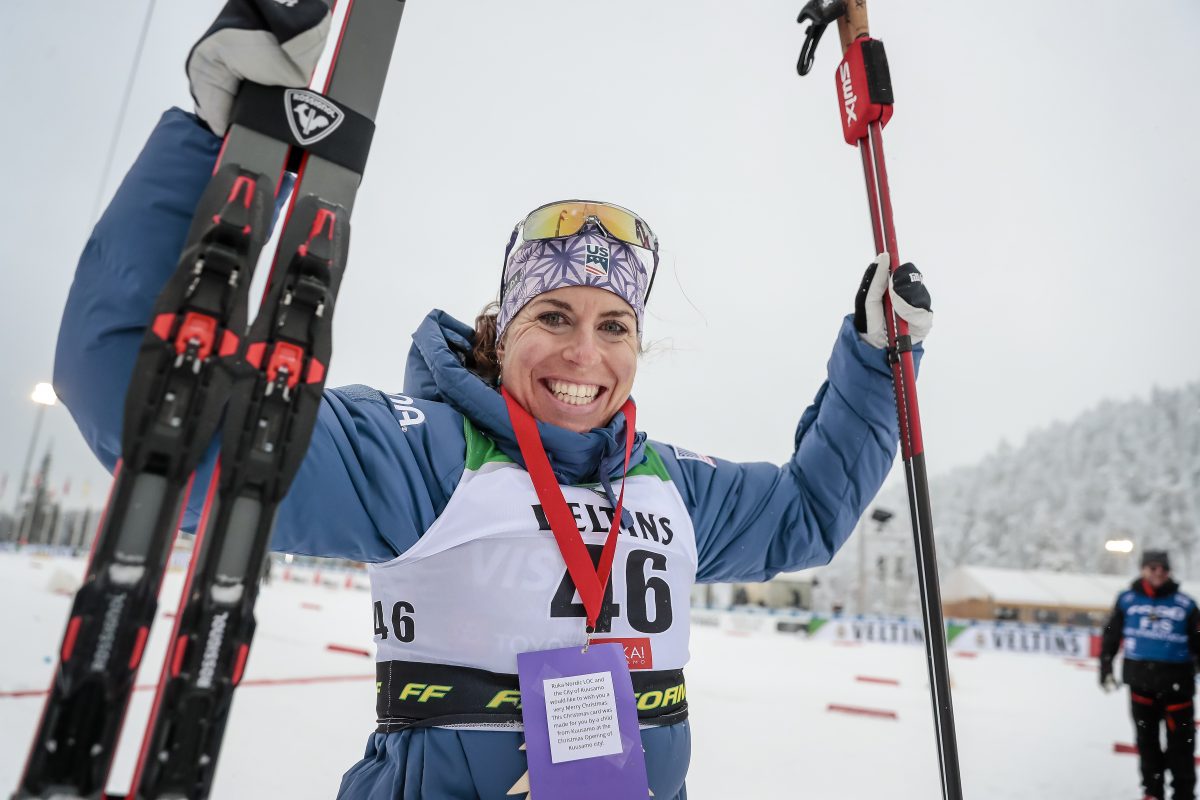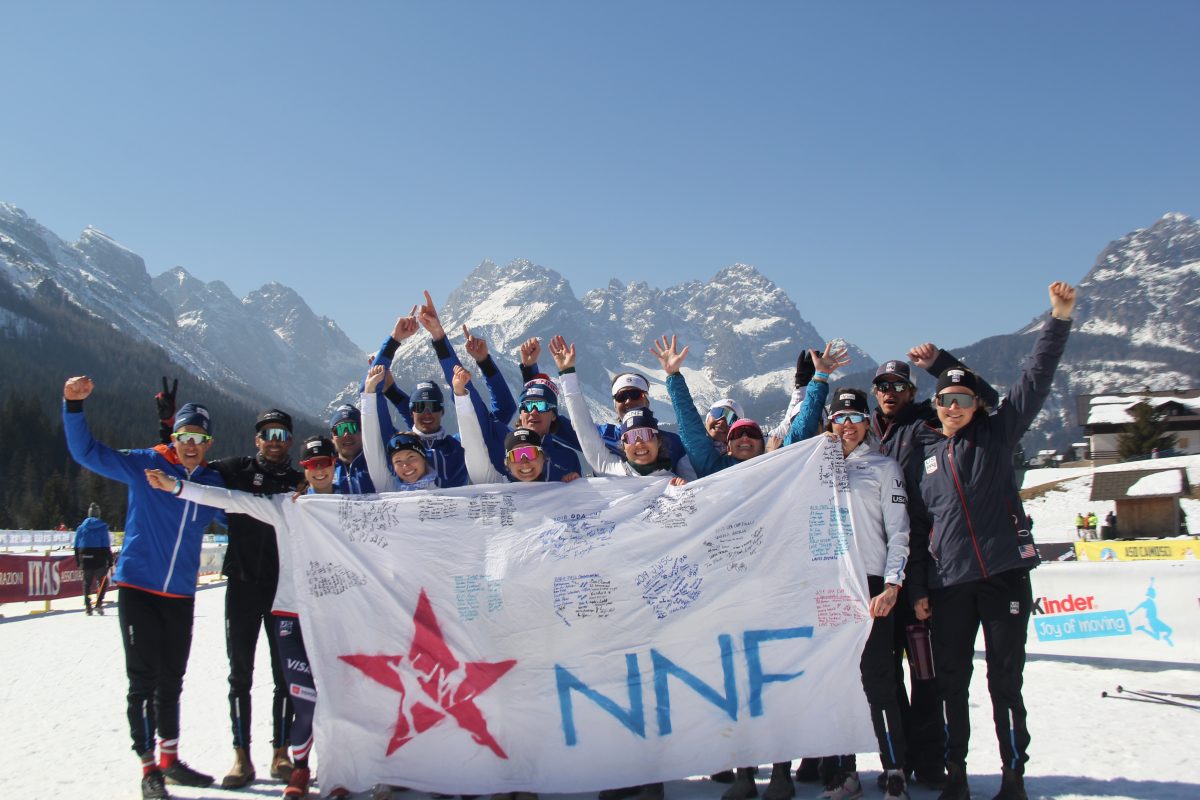From the falling lemon yellow sun one can tell the night is nearing six o’clock, time to prepare the bar-b-que. I stack briquettes, open air vents, and pour lighting fluid. Then, with a flick of a match comes the titillating whoomph of combustibles igniting. The fire burns hot, flame replaced by glowing red circles of heat. “Life’s too short for propane” I say to myself as if some creed or mantra to live by, but settle on that it’s the difference between watching a televised ballgame versus spending a late September night in Safeco Field watching Jamie Moyer pitch a complete game, two hit shutout.
Within half hour cars line the drive as salmon, beef, cherry tomato, Walla Walla sweet onion and red bell pepper loaded shish kebobs sizzle as customary ‘hey how you doing’ and ‘nice to see you once again old buddy’ pleasantries give way to the telling of tales.
“Growing up in Saranac Lake, New York football tradition ran deep through my town but winter sports, ski jumping in particular, was the thing to do,” my roommate and two-time nordic combined Olympian Billy Demong begins. “By the time I could walk I was out the door shuffling on skis over snow. Jumping came later, when I was around eight. We started out on these small jumps, really, then over the years, built up to big hills. Jumping the big hill, the K-120, for the first time, is something I’ll never forget. Riding the chairlift, then hiking up Lake Placid’s jump tower to waiting for my turn to jump my mind was rushing between a paralysis of fear and executing the technique a jump demands.”
In layman’s terms the ski jumper’s task begins by staring down a 120 meter runway the steepness of a double black diamond run. Pushing off, the jumper gets into an aerodynamic low crouch position, skis chattering along the grooved ice track at sixty miles an hour. Halfway down the jumper begins repositioning. The hips rising up so the jumper can off the elevated ramp like a coiled spring. Three meters out, the jumper takes in the final sensory information to tweak timing and technique. How fast am I coming down the inn run? Where is the wind coming from? How much time left until beginning my jump?
Then comes the ski jumper’s takeoff, the most powerful one-tenth second in sports. Within a few hundredths of a second the jumper moves forward and upward simultaneously, from a tight crouch to upper-body-pressed-so-far-forward-the-nose-leads-the-skis-position that results in the longest flight down the mountain.
Every day ski jumpers work to improve this, critiquing via video every training and competition jump. Five, six times a week jumpers do various plyometric hops and hurdle drills, in hopes of building power while not adding weight to their skeleton-like bodies as the price of admission of world cup ski jumping comes down to something like this – a 5’10” 130 pounder with at high 30 to mid 40 inch vertical leap who has a willingness to launch themselves off fifteen foot ramps at freeway speeds.
“Landing,” Billy continues, “is quite another thing. Coming into the telemark landing for that first time on the big hill my ski tip wobbled, crossing the path of my left ski. Instantaneously I came crashing down. And you want to know the first thought that came to mind? I was totally stoked to still be alive. And I couldn’t wait to do it again.” I don’t really understand jumpers, nor do I think one could until taking themselves through an Eddy the Eagle experience, but I there’s a respect for what their doing. You just won’t find me out there anytime soon.




